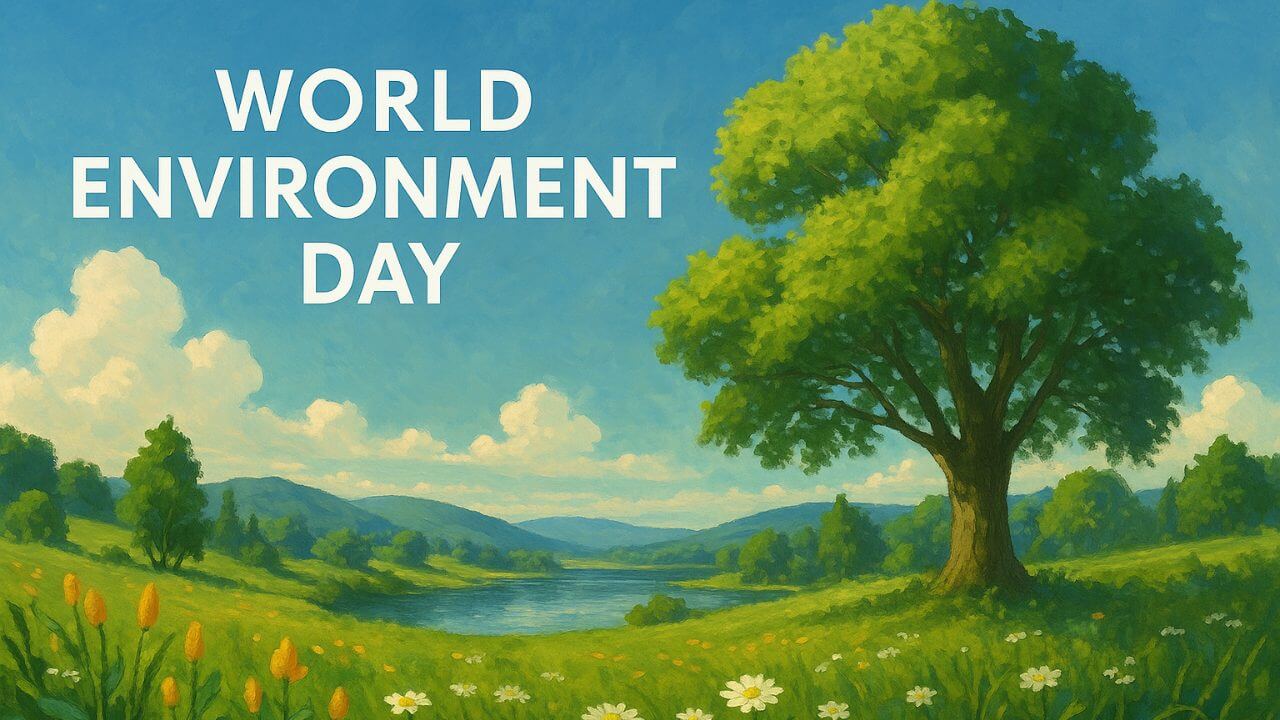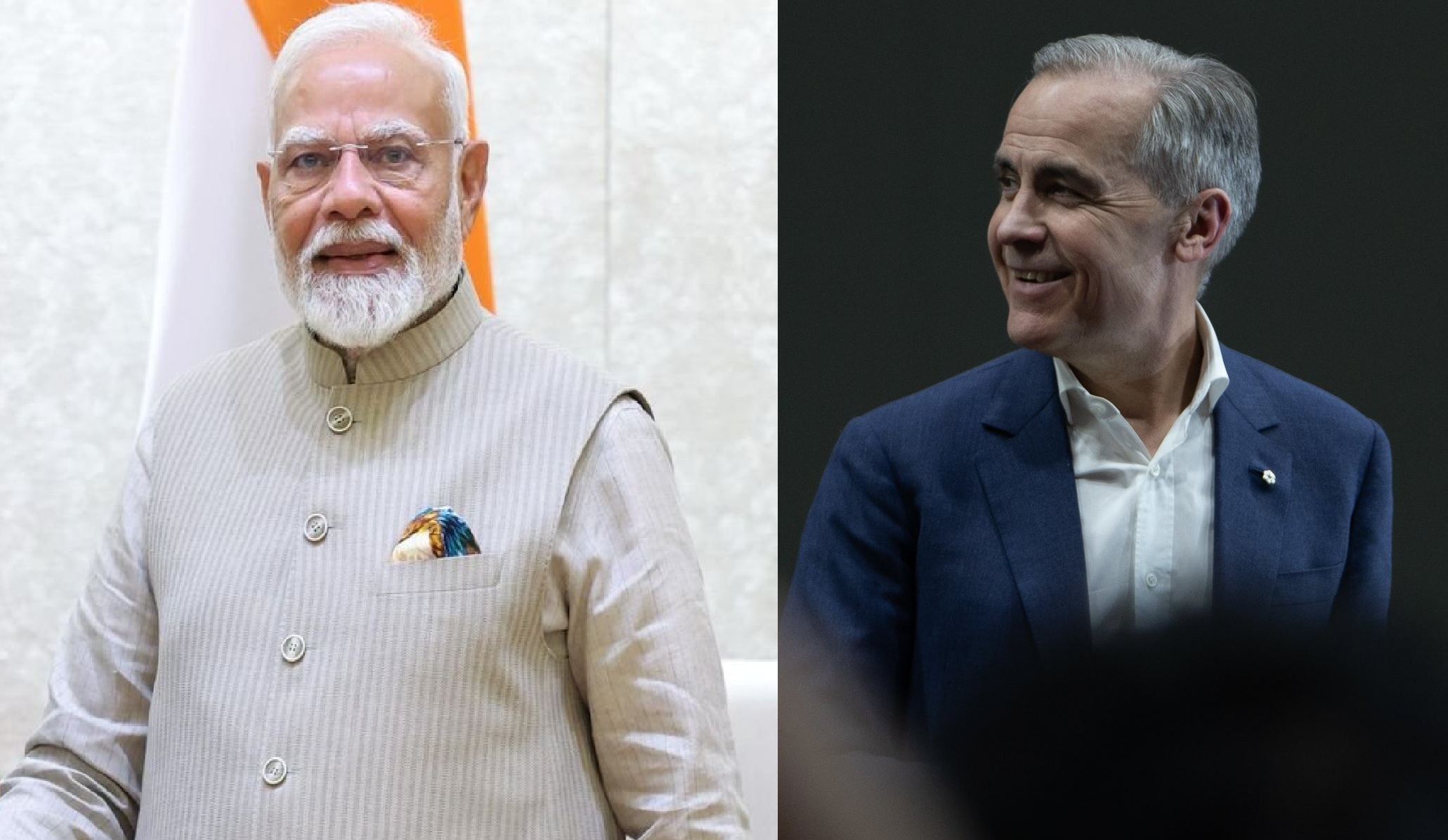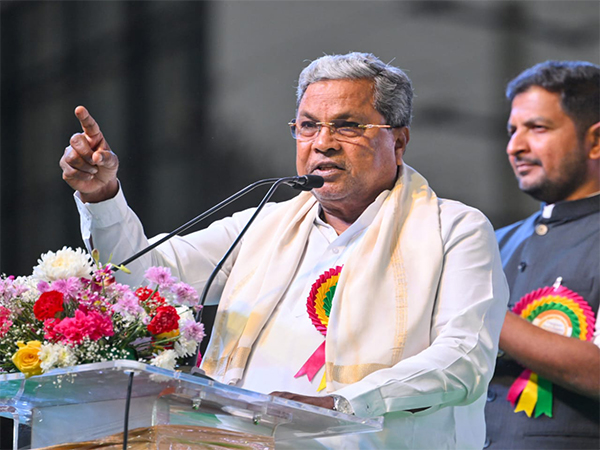
Eonomic Hardship, Chronic Unemployment And Farm Distress Appear To Be At The Centre Of Public Discussion
A challenge on its hands
A quick survey of political economy, identity politics, alliances, resources and campaign strategies leaves one with one clear impression: the winds of change are sweeping the State but how they will affect voting patterns is not clear. But even so, one trend is clear — the Bharatiya Janata Party (BJP) faces a tough fight in Uttar Pradesh as communal polarisation loses its edge. Economic hardship, chronic unemployment, and farm distress are at the centre of public discussion. As politics returns to normality at the State and local levels, it is quite conceivable that BJP dominance in Uttar Pradesh will be challenged.
The landslide victory of the BJP in the 2017 Assembly elections created the conditions for the establishment of a communal-authoritarian regime in Uttar Pradesh. The new political dominance was reflected in the increasing mainstreaming of Hindutva in Uttar Pradesh’s public arena. The huge legislative majority enabled the BJP to advance its political agenda virtually unopposed. Most Opposition parties during this period were not visible on the streets against the BJP government (with the exception of the Congress which led several public protests). They barely existed on the ground. The Opposition parties came to life only in the last few months with the farmers’ movement and the Lakhimpur Kheri incident proving to be the springboard for launching their respective campaigns.
Cracks in identity politics
Identity politics has been at the centre of Uttar Pradesh politics for the last three decades. After 2014, Hindu communalism gained momentum at the expense of caste politics which was weakened by the BJP’s campaign of uniting voters across caste lines by building a wide-ranging Hindu coalition. This was made possible because the Rashtriya Swayamsevak Sangh (RSS) intervened to garner the support of non-Yadav Other Backward Classes and non-Jatav Dalit communities by assuring them that they would no longer be neglected as they had been under the Bahujan Samaj Party (BSP) and the Samajwadi Party (SP) governments. But the tables have turned as those very groups that helped the BJP to gain power in Uttar Pradesh are now disgruntled that they have not got their share of power. The exodus of some OBC MLAs and cabinet Ministers from the BJP to the SP is a sign of that. As early as 2019, more than 100 BJP MLAs, mostly belonging to backward castes, had staged a dharna inside the Vidhan Sabha and shouted slogans against their own government. It was only after the senior party leadership intervened and gave them assurances that they could be pacified.
Brewing discontent
The disgruntlement of the OBCs underlines the privileging of caste over communal politics driven by a tension between the political and social domains. Since the BJP has privileged the former over the latter, the ‘social’ was left out as all attention was centred on the ‘political’, i.e., Hindutva. The exit of influential OBC leaders and Jat anger in western Uttar Pradesh against the BJP following the year-long farmers’ agitation indicate the difficulties of seeing groups as permanent majorities and minorities. In democratic politics, categories of majority and minority are not fixed — there is no pre-existing Hindu majority that will always vote en bloc against an imagined enemy — the Muslim minority. Shifting electoral majorities do not coincide with persistent social cleavages. Indeed, democratic politics offers the possibility of redefining who belongs to a majority and whom to a minority across multiple arenas.
The substantive shift in political discourse in this election has been encouraged by a surge of protests in the last two years. The anti-Citizenship (Amendment) Act (CAA) protests, the farmers’ movement, the student agitation despite the brutal police crackdown and the thousands of people regularly taking to the streets demanding jobs have pushed this shift. What is striking about these protests is that they were not organised by political parties and that people are willing to take to the streets despite concerted efforts to stop them, but also, above all, they are concerned with the everyday issues of life. The discontent brewing and growing across the State is propelling the shift towards the material conditions of life. This has shaped opposition against the BJP especially with regard to the crucial issue of jobs as the State has failed to provide employment.
The Union Home Minister’s decision to start the campaign from Kairana is a clear attempt to neutralise the discursive shift by driving a wedge between communities through communal polarisation — the BJP’s master strategy for fighting elections. The party’s brazen communal appeal to Jat farmers, for instance, to think as Hindus, is not making much headway, though. The OBC revolt, demands of caste census and the farmers’ agitation are important barriers to polarisation in eastern and western Uttar Pradesh. No communal consolidation has built up so far despite the concerted efforts of the ruling party and its principal campaigners. This reveals the challenges in creating a stable political model centred on identity.
But this also reveals the limits of caste-driven identity politics which too cannot solve the dilemma of representation or inequality or unemployment. Caste alliances can win elections, but they will do so by merely displacing religion with caste as the central organising principle of politics. This will, in the process, further empower the Hindu community as it promotes caste-based political mobilisation and power sharing between caste groups. Caste is the exclusive identity around which the politics of social justice, equality, and discrimination is organised in Uttar Pradesh today to the exclusion of other communities even when they are persecuted by the regime.
As political counterweight
However, popular anger is shifting the political discourse to social and economic issues which have become more salient, buttressed by voter fatigue against hate politics. This development would probably bring the lived reality of everyday life back to the fore and could serve as a counterweight to Hindu majoritarianism. More to the point, voters do not seem to be terribly excited about their experience of living under a Hindu Rashtra in Uttar Pradesh. But still, what is not clear is to what extent the popular discontent will impact elections and translate into votes against the ruling dispensation. People have paid the economic price for the Government’s neglect of their basic needs. Will the ruling party pay the political price for the discontent of millions of poor workers who had to trek back home after the pandemic and lockdown, the appalling shortage of public health facilities, and massive unemployment in one of the most crucial States of the Union?
(Zoya Hasan is Professor Emerita, Jawaharlal Nehru University)








